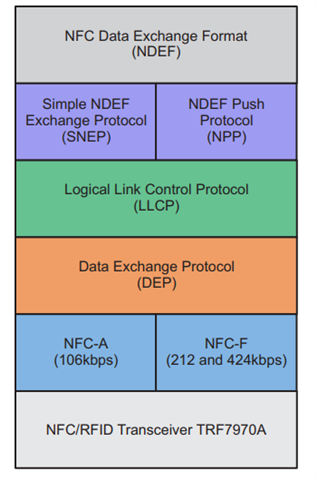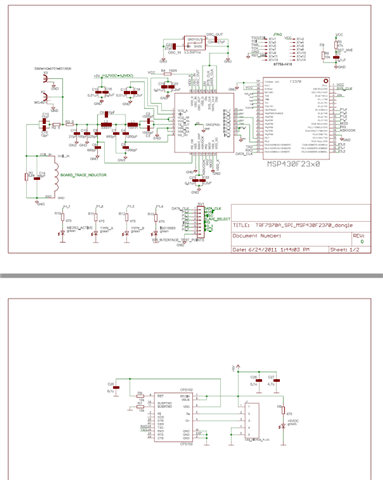Other Parts Discussed in Thread: TRF7970A, , MSP430F2370, DLP-7970ABP
Hi team ,
i am using msp430f5529lp and trf7970a with RF430FRL152HEVM for sending ndef message from RF430FRL152HEVM to trf7970a.
since i am following the basic example given in "RF430FRL15xH NFC Projects" folder ,the example works fine but my requirement is sending the ndef message by turning on RF signal only for one milliseconds.
Any Suggestions are appreciated.
Thanks
Shivraj



